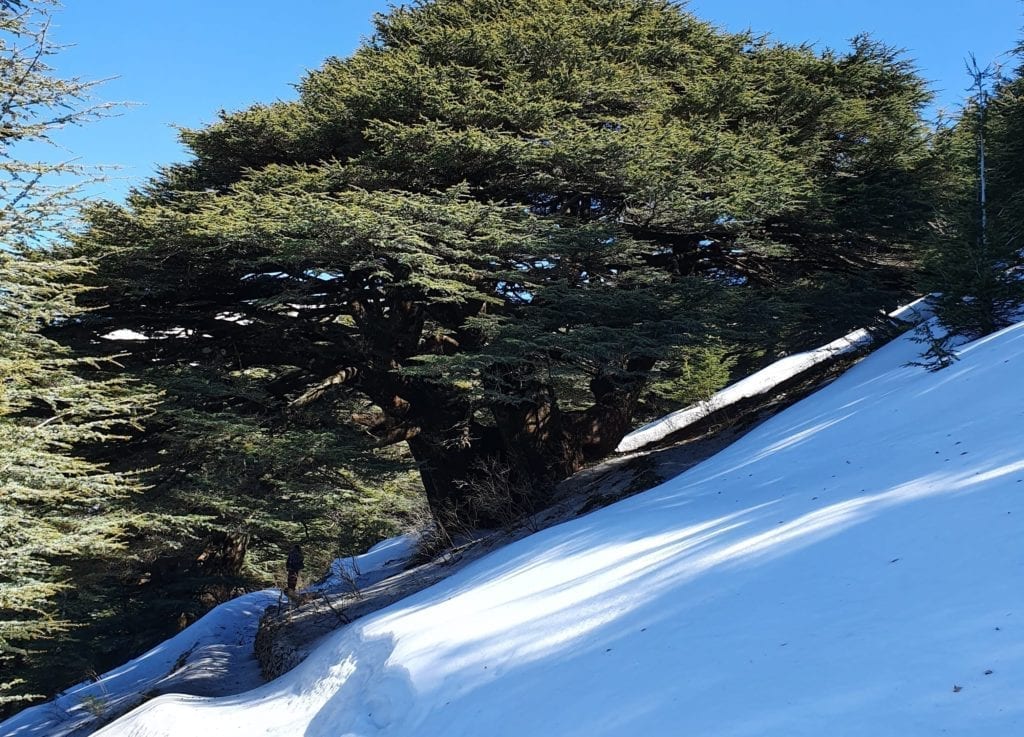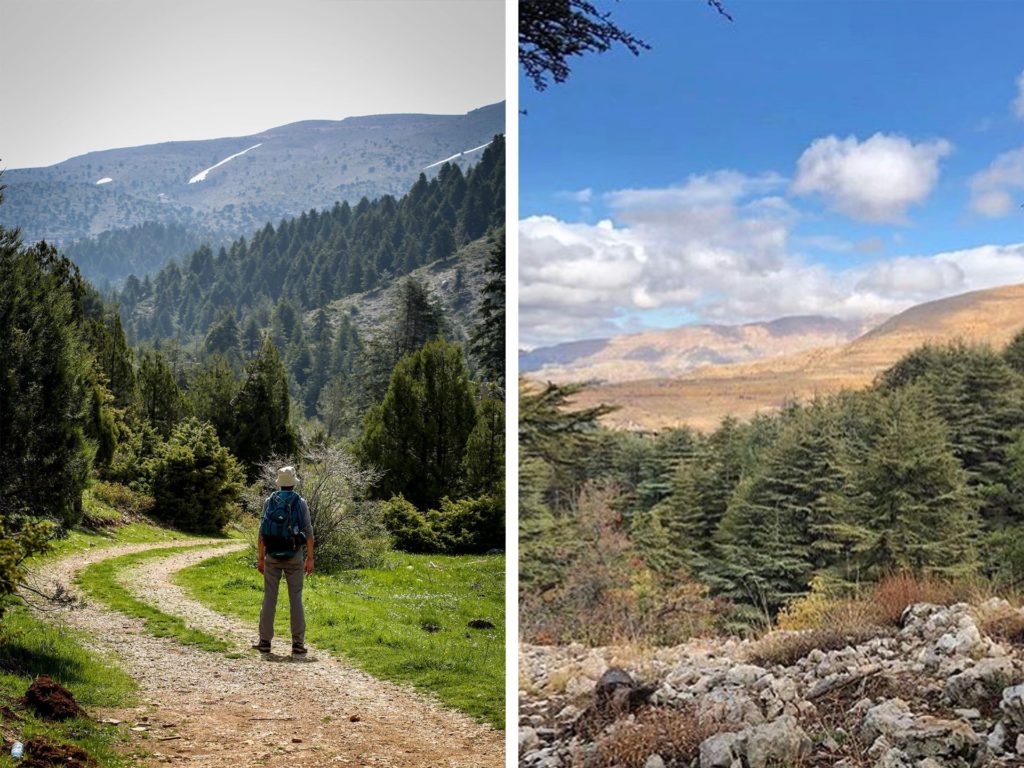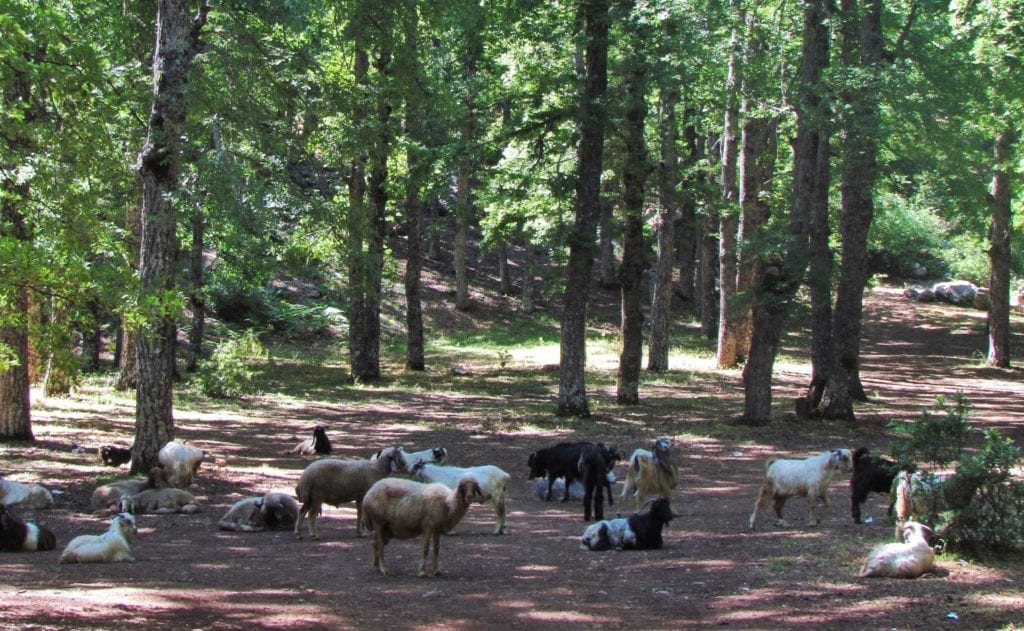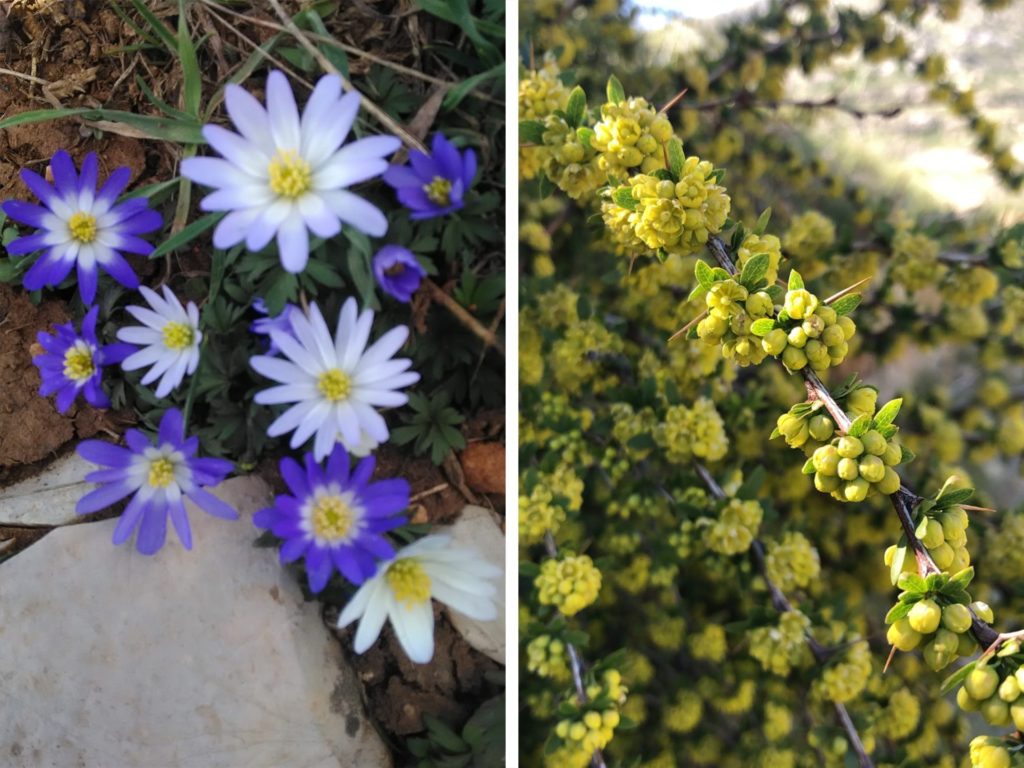Mediterranean Forests Are Facing the Unknown
While Mediterranean forests play a vital role in the livelihoods of Mediterranean communities, they are vulnerable ecosystems threatened by increasing water scarcity, forest fires and destructive human activities. What are the root causes of the challenges facing these ecosystems, and what is the forecast for forests around the Mediterranean?
Differences in cultures, policies, and economic situations divide the Mediterranean region into two broad areas characterized by their own challenges in achieving sustainable forest management other than the usual pressure from population growth and lifestyle changes that pushing rural residents to move to cities and abandon their lands. In northern Mediterranean countries, forests are mainly threatened by rural land abandonment and coastal tourism infrastructure development that result in severe forest fires and forest fragmentation. Southern and eastern Mediterranean forests are confronted by over-grazing, extreme extraction of fuel-wood, and clearing forest land for agriculture, which are worsening desertification. When countries, such as Spain, initiated reforestation projects at the beginning of the 20th century, some communities that used this land for grazing cattle, sheep, and goats even resorted to violence by intentionally igniting forests to clear land for pasture. However, a newer strategy that has been gaining popularity amongst southern European countries is payment-targeted grazing, which is more cost effective, reduces biofuel waste, earns shepherds more respect and a paycheck.
2% of the world’s forests are found in the Mediterranean Basin where natural resources, including those provided by forests, are estimated to be used 2.5 times more than their ecosystems’ carrying capacity.
Source: Plan Bleu. State of Mediterranean Forests 2018. FAO, 2019.
Global climate change impacts such as temperature increases, longer drought periods, precipitation level changes, and frequent extreme events exacerbate these challenges. The unpredictability of these factors is especially devastating in the Mediterranean region, since this part of the world is a transition area between arid and humid regions which makes forests more prone to diseases and wildfires. Higher temperatures force trees to lose more water in respiration/evaporation and to compensate by exhausting their carbohydrate reserves, which weakens the trees and makes them more vulnerable to pest invasions. 90-95% of wildfires in the Mediterranean region have been linked to anthropogenic activities. Forest ecosystems do not have enough time to recover naturally between recurring human-caused fires, which leads to irreversible damages. The question is: what is allowing such large-scale threats to forests to persist?
How much longer for the cedars of Lebanon?
The country that was once known as “Lubnan Al-Akhdar” (Green Lebanon) is now threatened to lose one of its national treasures: the iconic cedar tree or Cedrus libani, Lebanon’s most famous native tree, cited in the national anthem, and the emblem of its national flag.
The renowned cedar is used for its medicinal purposes and for providing products on which the livelihoods of rural communities depend, but its cultural significance and religious importance (it is mentioned more than 100 times in the Bible) are what make it most famous. Similarly to the resilient Lebanese people who have prevailed in economic crises, political instability, and wars for decades, the majestic cedar is able to endure harsh climatic conditions.
Cedars were featured in the oldest known written story from 2000 BC “The Epic of Gilgamesh” in which Gilgamesh kills the guardian of a cedar forest in Lebanon, Humbaba, and cuts the trees to build his palaces. Cedars have also endured over-exploitation since ancient times as civilizations (such as the Mesopotamians, Phoenicians, ancient Egyptians, Greek and Roman empires, Crusaders, European colonialism) passed through the Levant, and turmoil in modern Lebanon posed a further challenge to their survival.
But it seems that climate change is their biggest threat yet! Rising temperatures are causing early germination and insect infestations in cedars that survive in moist and cool climates, which is weakening the trees and making them more prone to overgrazing and malnutrition.
Hope was restored in 1998 when UNESCO named the Forest of the Cedars of God or “Horsh Arz el-Rab” in Bsharri, northern Lebanon, a World Heritage Site, but then again Lebanese laws do not entirely assist in the sustainable management of these forests.News continues to emerge on how climate change is threatening cedars and the topic reached international news in 2018 after an article by Anne Barnard titled “Climate Change Is Killing the Cedars of Lebanon” was published by The New York Times. So, what does the future hold for cedar trees in Lebanon? Scientists estimate that the cedars in Lebanon will only be found on very few high mountain tops in North Lebanon by the year 2100. This will be one of the biggest downfalls that Lebanese authorities have once again caused the country and its people.
Who owns the forests?
Conflicting ownership and property rights are fragmenting forests and making them more susceptible to widespread threats such as pests and wildfires. Regulations do not always separate between ownership and management rights properly. Lebanese Law 558, for example, states that all public cedar forests in Lebanon must be protected, leaving out forests that are privately owned or managed by municipal governments. This has led to conflicts between their owners and people trying to reforest these areas.

Since the majority of forests in European countries are privately owned, it is important to understand the relationship between private forest owners, forest managers, and authorities. Historically, private forest owners in Western Europe (i.e. France or Austria) in the mid-1990s had power in decision-making and emerging trending topics in the next two decades such as climate change, biodiversity, and afforestation, which were endorsed by international conventions, were considered a threat to this stable system.
Unlike their western neighbors, former Soviet-bloc countries (i.e. Ukraine or Estonia) had stricter forest management policies in the past but have been moving towards giving forest owners more individual management rights over the past two decades, with some government control. The trend now is to reach a balance between protecting the rights of forest owners and environmental conservation. Will more freedom deteriorate Mediterranean forests in European countries or help to reach a balance between all stakeholders?
90-95% of wildfires in the Mediterranean region have been linked to anthropogenic activities.
Forest mismanagement caused by conflicting property rights is directly translated in forest land abandonment, since forest owners cannot fully benefit from selling wood and non-wood products such as fruit, aromatic plants, mushrooms, seeds and nuts. This is especially true in northern Mediterranean countries where the lack of markets, high extraction costs, and low selling prices for wood products are pushing foresters to abandon their lands. In the southern and eastern Mediterranean, the lack of awareness on the value of forest services and agricultural encroachment play a more important role in forest mismanagement. No wonder commercial fuel extraction levels are low around the Mediterranean, which calls for urgent joint action to overcome legal, administrative, and communication challenges and achieve more coherent management.
While northern Mediterranean forests suffer from land abandonment and forest fires, eastern and southern ones are mostly hit by overgrazing and desertification.
Let’s not forget about trees located outside of forest ecosystems. Dispersed trees are becoming especially important as people living in urban areas are increasing in numbers and are expected to reach 60% of the world’s population in 2050.

Here lies the importance of projects that not only focus on large forest ecosystems, but also on small scale forests and scattered trees. Such an initiative is Cities4Forests that includes city trees and urban parks, or “inner forests”, in its mission in helping people living in cities to connect, conserve, manage, invest, and restore forests. Cities4Forests helps in reaching 8 of the 17 UN Sustainable Development Goals (SDGs) (SDG 3, 6, 8, 11, 12, 13, 15, and 17) by considering humans as part of the ecosystem. The initiative offers a collection of widely-used tools that guide decision-making in including local communities in valuing forests and generating forest-friendly products.
Scattered trees that are found outside of forests cover more than 8.2 million hectares in Mediterranean countries and are usually found in urban areas where they are a driving force in people’s livelihoods and well-being.
Source: Plan Bleu. State of Mediterranean forests 2018. FAO, 2019.
Mediterranean forest ecosystems are rich in biodiversity (counting 290 indigenous tree species, of which 201 are endemic), their fauna and flora species are essential in building the area’s resilience to climate change, and this is why biodiversity is embedded in forestry policies. Altering the pattern of ecological functions such as water purification, soil stabilization, and carbon sequestration has severe negative impacts on the resilience of ecosystems, water security and agriculture. Adding that to population growth, an increase in water demand paralleled with a decrease in soil water content and water supply, and overconsumption, these challenges are even more detrimental.
Circular bioeconomies and forest-based solutions
European countries are increasingly advocating for forest-based circular bioeconomies where forest management spills over into other sectors (for example, a change in the land-use policy of a forest can have an impact on water supply in a nearby village) and considers forests as an element interacting with other components inside one ecosystem rather than an independent ecosystem itself. A circular bioeconomy aims to alter people’s production and consumption habits so that economic sectors function in a closed loop and products are maintained in the economy for as long as possible. It does so by deploying renewable energy in the production of products and services and using efficient technologies that do not require much energy.

Mediterranean countries can explore new approaches that suit their socio-economic, geographic, and demographic situations to shift towards a forest-based circular bioeconomy. It is a complex task as it requires engaged and well-informed societies, access to funding for greener economies, sustainability strategies, adequate research, and enough natural resource products that cannot be done overnight, but gradually integrating climate change adaptation and mitigation, biodiversity conservation in policies and starting landscape restoration programs will get us there. For instance, including all stakeholders in the economic valuation process of Mediterranean goods and services will help communities appreciate forests, foresters benefit from forest goods and better control forest fires by decreasing accumulated biomass.
Forest landscape restoration
The future of Mediterranean forests must be directed towards improving management practices and increasing restoration efforts under a unified vision for the Mediterranean region, as stated by the Barcelona Convention. Experts gathered in 2017 in Agadir, Morocco for the 5th Mediterranean Forest Week committed to voluntarily restore 8 million hectares of degraded land in the Mediterranean region by 2030 in what is now known as the Agadir Commitment. Other similar global commitments include the Bonn Challenge (2011) and New York Declaration on Forests (2014) which aims to restore 350 million hectares by 2030.
The good news is that restoration campaigns around the Mediterranean have been including capacity building and community engagement as part of their activities. But what is often missing is solid scientific research and expert advice on restoration methods (for example, natural regeneration or others). This is especially important as the interconnectedness of forestry with other sectors and the complexity of nutrient cycling and fauna and flora require landscape-level planning.

*What is the future of Mediterranean forests given the uncertain circumstances that the region and the world are going through? Will focus finally increase in preventing forest ecosystems’ degradation? One way to increase the resilience of forest ecosystems is mixing trees with some agricultural elements (such as crops or pasture), or agroforestry. This approach is rising in popularity and has proven to mitigate some climate change impacts on forests while saving forested lands from clearing for agriculture purposes. What is needed at this point is to promote more agroforestry so policies support it.